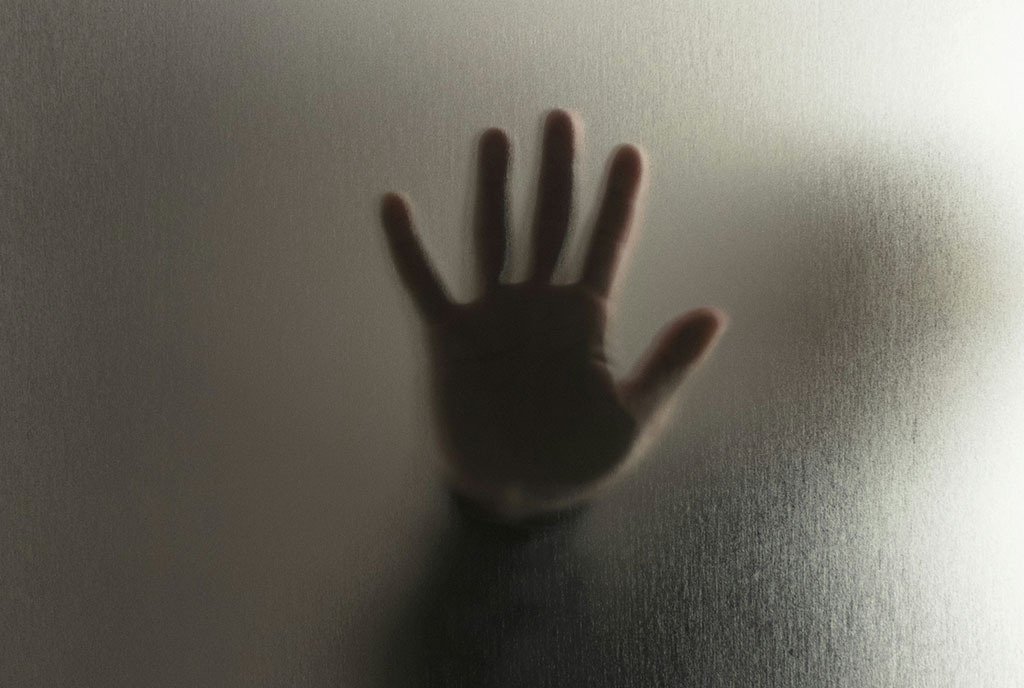February 24, 2016; WTTW-TV, “Chicago Tonight” and Washington Post
What do college students have in common with the homeless? In Illinois, they are among the innocent victims of the ongoing, eight-month-long budget battle. As the state’s Republican governor and Democratic legislature continue their war over taxes, unions, and the role of government, state funds are still not flowing and the state’s colleges and homeless programs are paying the price.
Chicago’s WTTW recently looked at the effects of this situation on the social service agencies serving the Illinois homeless:
A coalition of homeless service providers who pleaded with the governor on Friday to unlock $310 million worth of state funding say they will likely only get a small part of their wish. […] “What won’t be funded is any of the state’s homeless programs for adults, homeless prevention programs, supportive housing programs, housing for youth, funding for rental subsidies, foreclosure prevention,” said Julie Dworkin, director of policy for the Chicago Coalition for the Homeless.
Dworkin notes that the money the organizations are requesting exists outside of the state’s main budget and lies in special funds that are for the sole purpose of funding these programs. […] “There will be a great reduction in services now for homeless and a massive erosion of social services in our state,” Dworkin said. “I don’t know that the governor and lawmakers understand this. You can’t just instantly put it back together when the situation gets resolved. These things can’t be undone.”
While both Governor Bruce Rauner and Democratic state legislative leaders say they recognize the urgency to keep these services operating, they cannot agree on the how.
The governor’s office says he would support releasing $40 million in federal pass-through money that…would fund development of affordable housing units [but] would not support the release of the remaining $270 million that many providers say they need before they start laying off workers and closing doors.
Democrats have proposed bills that would permit funding before a full state budget is agreed to, but it’s unlikely they could muster the “supermajority” of votes needed to override the governor’s expected veto. With funding stalled, homeless shelters face closing, and the homeless population loses yet one more home.
Meanwhile, though funding has been flowing to the state’s K-12 school districts, it has not reached the Illinois’s public colleges and universities. After eight months of finding ways keep afloat without hurting their students, time may be running out. Last year, they collectively received almost $2 billion dollars from the state; this year, they have been forced to use extraordinary efforts to maintain their cash flow while awaiting an eventual solution to the budget battle.
According to the Washington Post, the lack of funding has also made any use of borrowed money to provide cash until the state budget passes more difficult and expensive.
Sign up for our free newsletters
Subscribe to NPQ's newsletters to have our top stories delivered directly to your inbox.
By signing up, you agree to our privacy policy and terms of use, and to receive messages from NPQ and our partners.
Northeastern Illinois University and Northern Illinois University had their credit ratings lowered to just above junk status, while Eastern Illinois University’s rating is now below investment grade. That means analysts consider revenue bonds issued on behalf of the school to be a credit risk for investors.
“The downgrade is driven by EIU’s increasing vulnerability to the ongoing state budget impasse given its thin liquidity, declining enrollment and high reliance on state funding,” Moody’s said in a statement. “Liquid reserves are expected to be exhausted by the end of the fiscal year.” Moody’s has held a negative outlook on all eight Illinois universities it rates since the fall because of their diminishing cash flow. Analysts said there was no indication that Illinois would allow its public universities to borrow money during the budget impasse, despite the strain the ordeal has placed on their operations.
Analysts said cuts imposed more than halfway through the fiscal year hamstring the schools’ ability to adjust expenses or raise tuition to make up for the loss. And the uncertainty of state funding for the following year, they said, could dissuade students from enrolling, as the budget puts the availability of state scholarships at risk.
Last month, Chicago State University, running out of easier measures, notified all its employees they may soon be laid off:
“The actions taken today are necessary to fulfill our legal obligation and to make necessary reductions so that we can continue running the University in the absence of state funds,” CSU President Thomas Calhoun Jr., said in a statement.
Despite the mass layoff notices to employees—including to the president — university spokesman Tom Wogan said that does not mean the 900 people working at Chicago State all will lose their jobs. He said the school is still trying to determine how many layoffs are needed to offset the loss of funding. “In order to keep operating in the absence of state funding, we’re going to have to have significant reductions in both personnel and programs,” he said. “It means that every employee of the university, from the president on down, is susceptible to a layoff.”
Students have also been directly affected, as the state’s MAP (Monetary Assistance Program) program has been unable to fulfill its commitments to 125,000 students who had been given commitments for grants up to $2,500. Colleges and universities allowed these students to enroll while waiting for funds to finally arrive for the fall semester. Many have been forced by their own weak financial position to require payment for spring classes, leaving students to find ways to make up the committed but unpaid funds. Reboot Illinois captured how this can affect student lives in an interview with Patricia Rodriquez, a sophomore at the University of Illinois at Urbana-Champaign. She says:
I come from a working class family that could not afford to take on the costs of sending me to college. In high school, I worked 30 hours a week at a local retail store just to afford a dream of attending college, but I knew even that wouldn’t be enough to cover the costs of college. For me, receiving a MAP grant was the key to my college education and to a middle class life. Now that the MAP program is unfunded, I am worried that my dream of graduating from college might not become a reality. My parents are unable to co-sign any loans I might have to take out, which means that if MAP grants aren’t funded next semester, I’ll have to drop out.
With each round of new stories, the disconnect between political leaders worried about their battle and the lives of the state’s citizens who are paying the price of delay seems greater and greater. While spring seems to be coming early to Illinois this year, there are few signs that the stalemate is melting and that needed state funds will soon begin to flow.—Martin Levine













